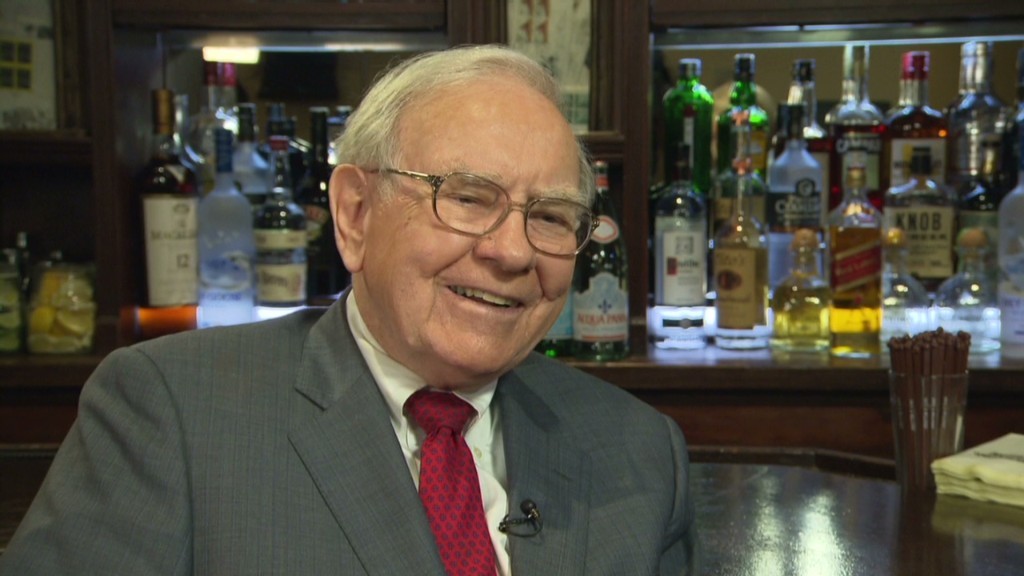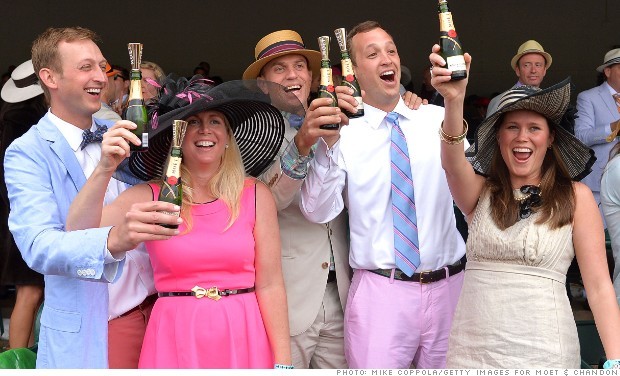Why the Kentucky Derby is great for the economy The Buzz Investment and Stock Market News
Post on: 16 Март, 2015 No Comment

The first Saturday in May is the Kentucky Derby at Churchill Downs.
by Jeffrey Kleintop
The Kentucky Derby is the longest running sports event in American history. Held the first Saturday in May, three-year-old thoroughbreds gather at Churchill Downs in Kentucky to compete over a blistering two minutes that ends with a blanket of roses draped over the winner.
Big hats and big bucks go together at this sport of kings. Last year, total betting at the Derby was $130.5 million. The betting can be fun and rewarding: a winning $1 bet at last year’s Derby paid off $3,462.80 if you got the trifecta correct.
But the big winners are the horse owners. The Kentucky Derby carries a purse of $2 million, but more can be gained from stud fees. For example, Stud fees for Dynaformer and Street Cry, who sired the 2006 and 2007 Kentucky Derby winners, are in the six-figures.
While winning is worth millions, racing horses is a risky endeavor. Fortunately, current conditions in the economy and markets appear to be improving, encouraging corporate leaders, investors, and even horse owners to take the risk and invest.
Thoroughbreds are costly and speculative investments. The prices paid reflect the general willingness of horse owners to take risks. As a result, they are a good indicator of the strength of the economy.
Sales of leading thoroughbred horse auctioneer, Keeneland, fell during the recessions of 1990-91, 2001, and 2008-09, and then rebounded as conditions improved.
Source: LPL Financial Research, Keeneland Thoroughbred Total Annual Sales ($ millions), and Real Gross Private Investment in Nonresidential Structures Lagged by One Year ($ Billions, data from Bureau of Economic Analysis)
The lingering weakness in thoroughbred sales over the past five years — they remained near levels seen 15 year ago — coincided with a sluggish global growth environment. Consider how well thoroughbred total sales roughly mirrors business spending.
Fortunately, it seems that the risk-taking environment has recently changed and horse sales are bolting out of the gate this year. The median of two-year-old thoroughbreds in training at this year’s April auction hit a new all-time high of $200,000, up over 30% from last year, suggesting a new environment of risk taking by horse owners may be emerging.
Likewise, the environment for investment and risk taking by business leaders appears to be improving.

In each of the past several years, the LPL Financial Current Conditions Index (CCI), my firm’s index of 10 year-time economic and market conditions, remained in a range of 200 to 250, indicating conditions for steady, but sluggish growth. But just last week, the CCI sprinted to 269 — a new post-recession high.
A continuation of sluggish growth in jobs and output may seem like a safe bet these days, but the widely held view that the past is the best predictor of the future is often revealed to be wrong in the economy and in horse racing.
Big Brown won the 2008 Kentucky Derby by nearly five lengths and was the first horse since 1929 to win the race from the 20th gate. As the favorite, he went on to win the Preakness Stakes and by 51⁄4 lengths, becoming only the fourth horse in 133 years to win both the Kentucky Derby and the Preakness while undefeated.
Big Brown was again the favorite in the Belmont Stakes, the third and last race of the Triple Crown. There was no doubt among those placing bets that Big Brown would be the winner of the Belmont Stakes, by a wide margin and sweep the Triple Crown.
So what happened? Big Brown set a record, for being the first Triple Crown hopeful ever to finish last in the Belmont.
Horse owners are ponying up and so are businesses.
A breakout in economic growth from the steady, but sluggish pace of the past few years is necessary to support stock market valuations that rose in 2014 in anticipation of better growth ahead. While delayed by weather, it appears the race is on, growth may be breaking out, and the winner may be investors.
Jeffrey Kleintop is Chief Market Strategist at LPL Financial and a fan of Derby hats and Mint Juleps. Follow him on Twitter: @JeffreyKleintop














